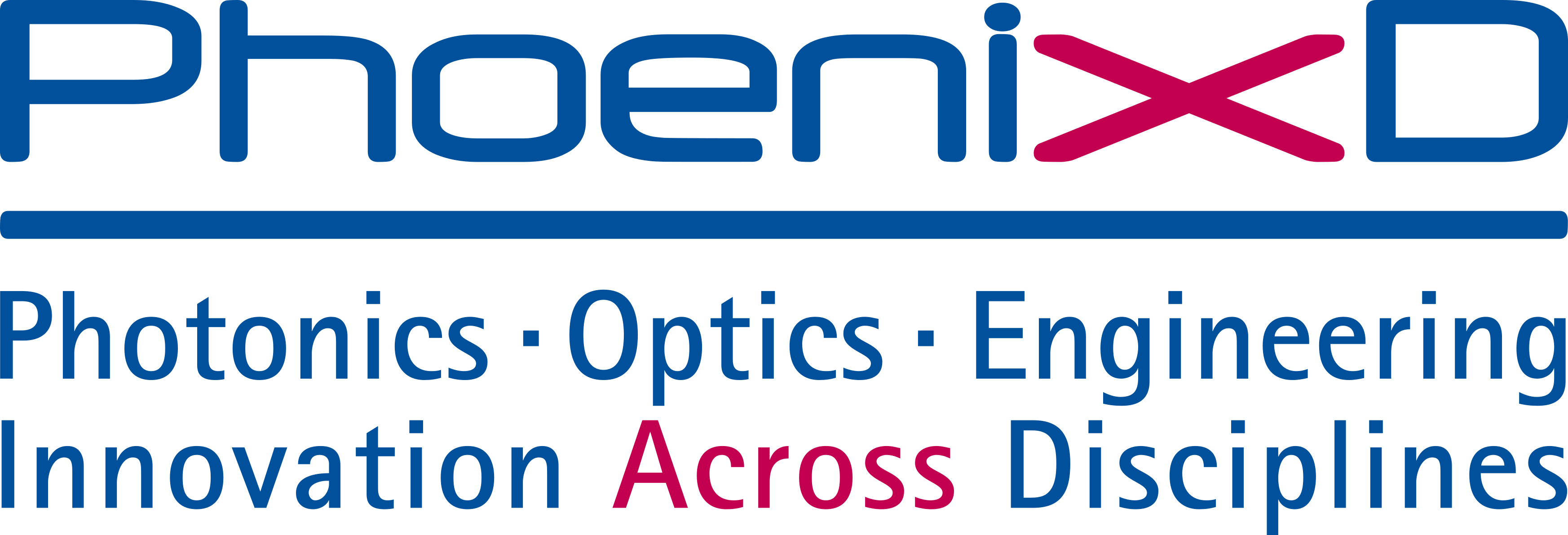Additive Manufacturing of a Laser Heat Sink: Multiphysical Simulation for Thermal Material Requirement Derivation
- authored by
- Julian Röttger, Tobias Grabe, Max Caspar Sundermeier, Fabian Kranert, Oktay Heizmann, Tobias Biermann, Arved Ziebehl, Peer-Phillip Ley, Alexander Gordon Wolf, Roland Johann Lachmayer
- Abstract
Heat dissipation inside diode-pumped Nd:YVO4 laser crystals requires an efficient cooling concept to reduce heat-induced stress and thus to avoid the mechanical destruction of the laser medium. Due to a high degree of design freedom, additive manufacturing of heat sinks offers great potentials to integrate cooling channels and sensors within a single component. These advantages are associated with a reduced choice of materials. The thermal and mechanical properties of the printing material have a significant impact on the emerging stress. For a suitable choice of printing material, temperatures and stress occurring in the application of the product are calculated using a multi-physical simulation model. By coupling optical, thermal and mechanical effects within a single simulation model, the mechanical stress in the laser crystal is investigated as a function of thermal material properties. Based on this information, thermal requirements are defined to ensure a non-destructive operation of a present laser application.
- Organisation(s)
-
Institute of Motion Engineering and Mechanism Design
PhoenixD: Photonics, Optics, and Engineering - Innovation Across Disciplines
- External Organisation(s)
-
Laser Zentrum Hannover e.V. (LZH)
GROTESK – Additive Manufacturing of Optical, Thermal and Structural Components
- Type
- Conference contribution
- Pages
- 183-198
- Publication date
- 2022
- Publication status
- Published
- Peer reviewed
- Yes
- Electronic version(s)
-
https://doi.org/10.1007/978-3-031-05918-6_12 (Access:
Closed)



